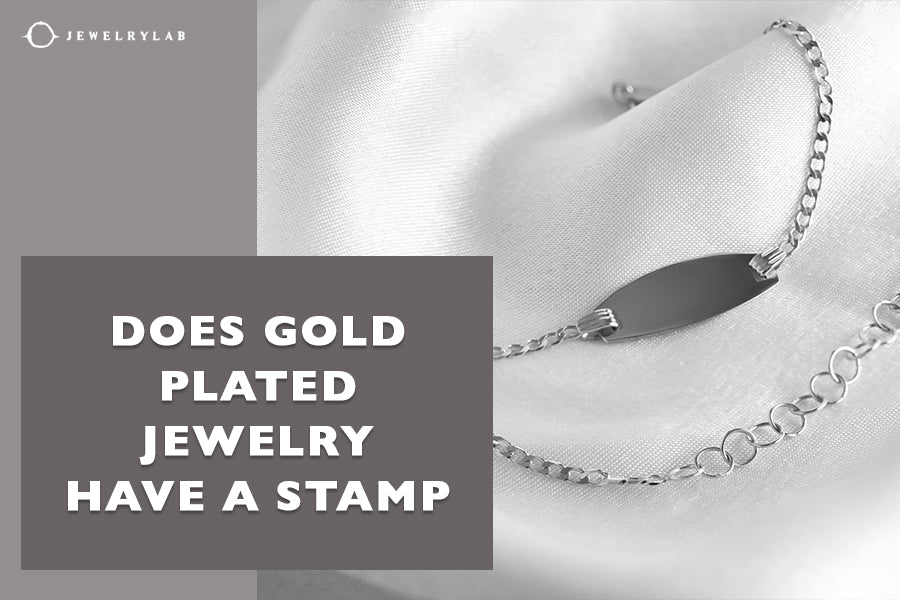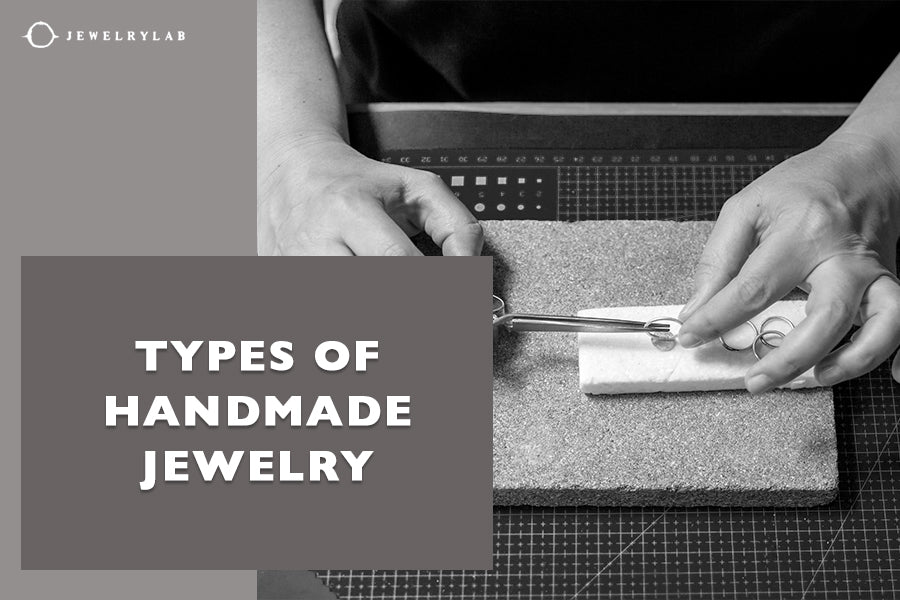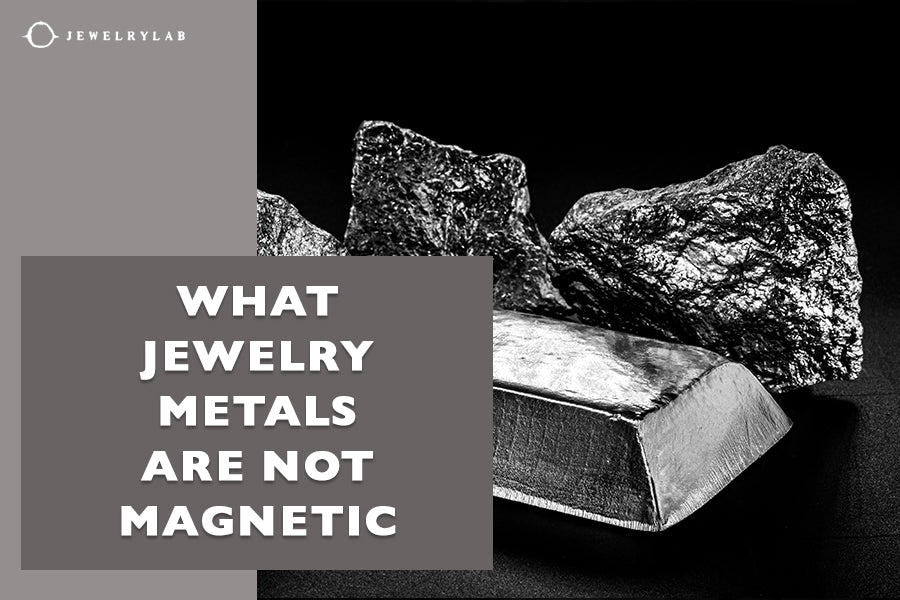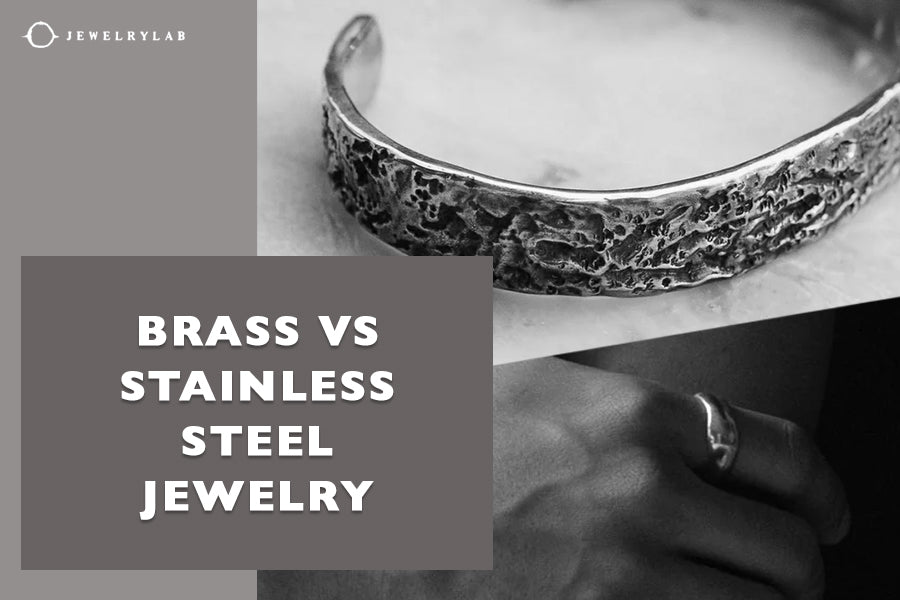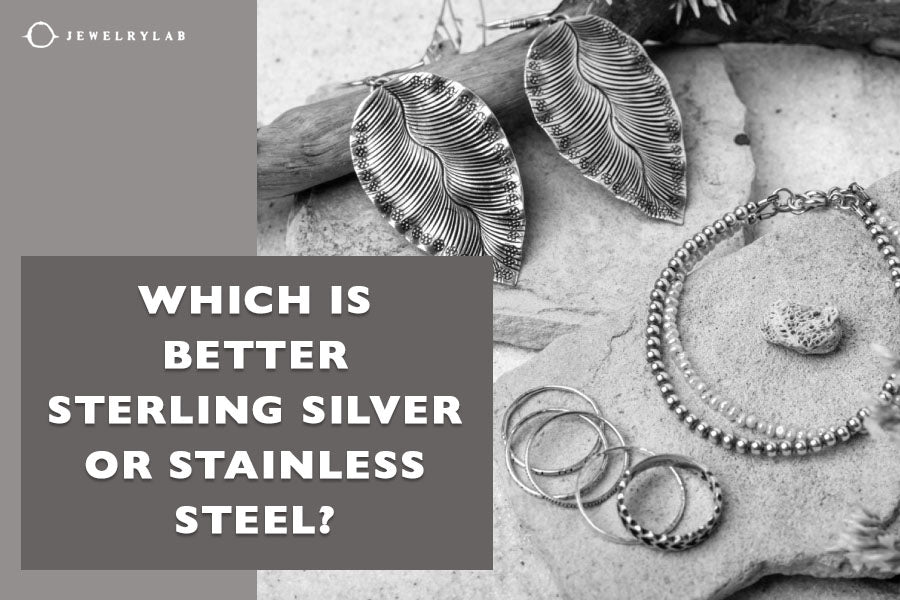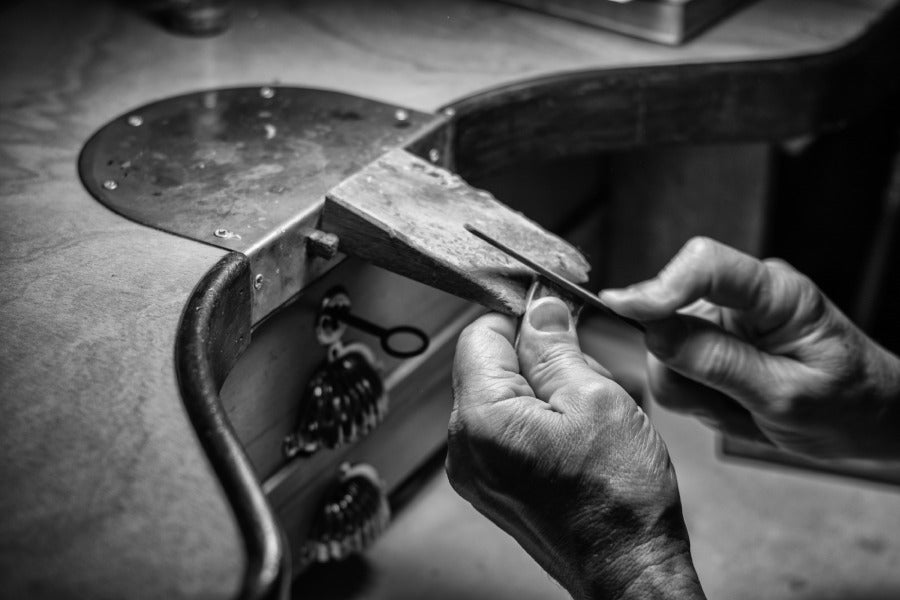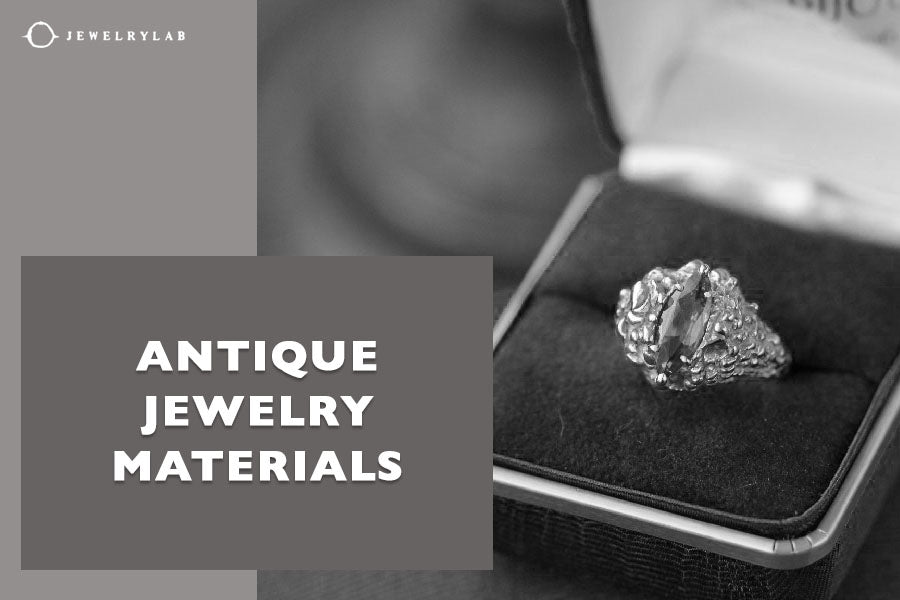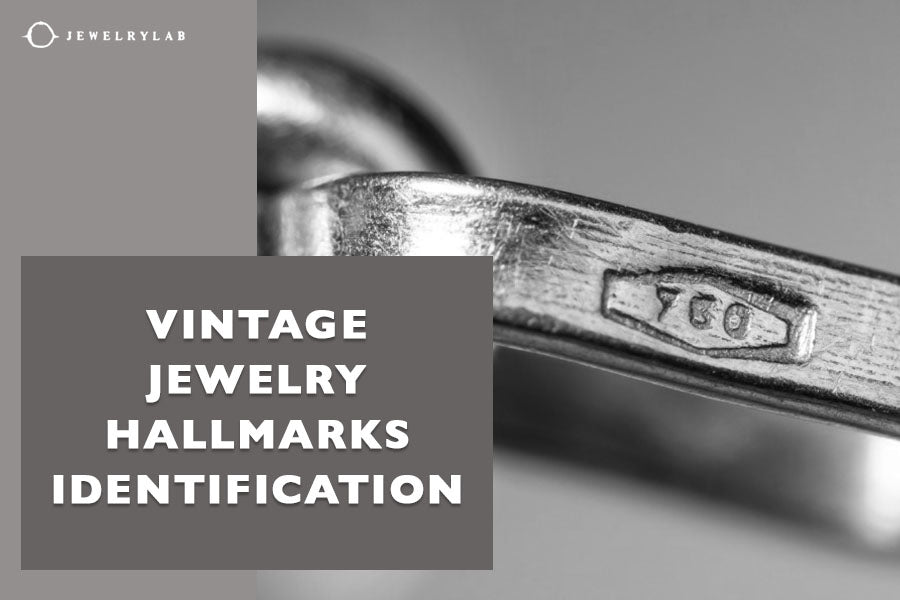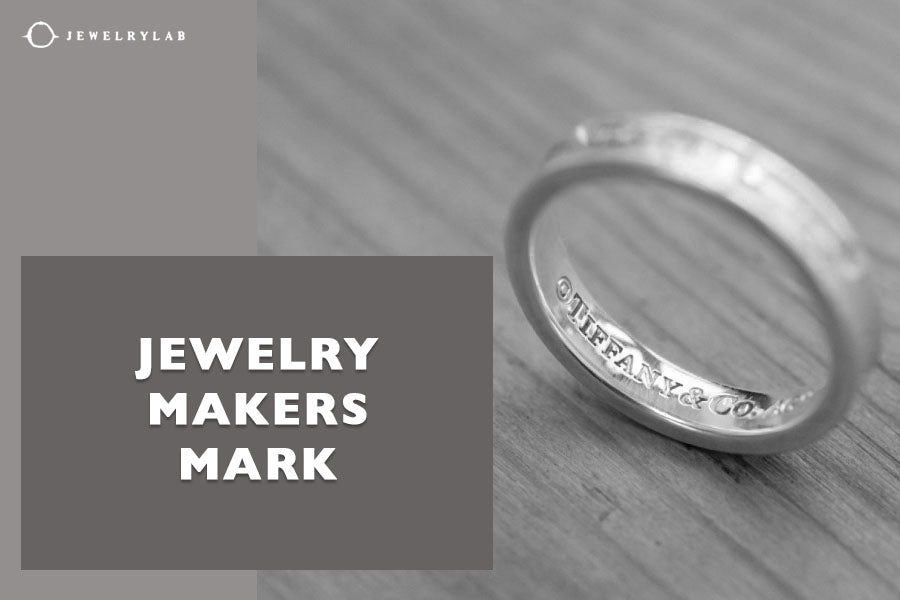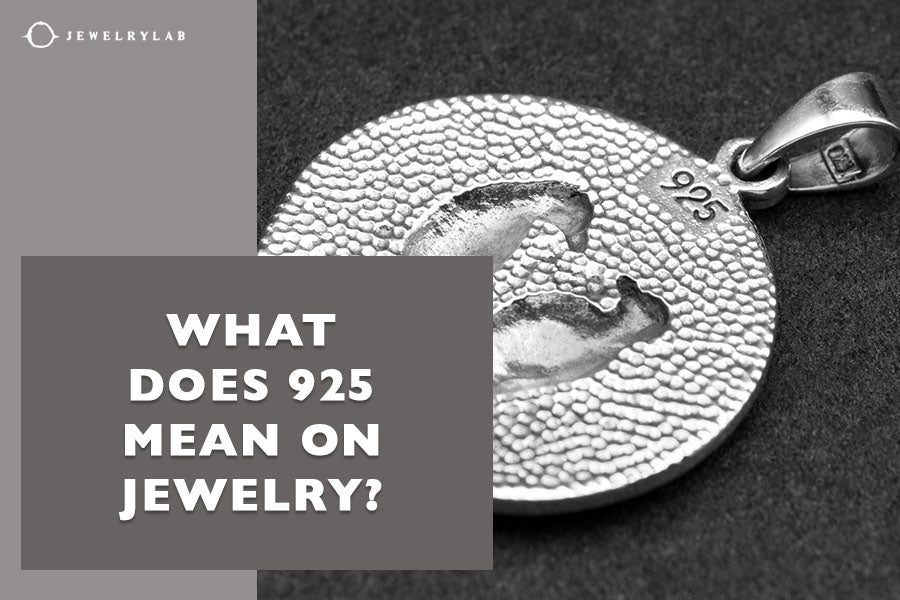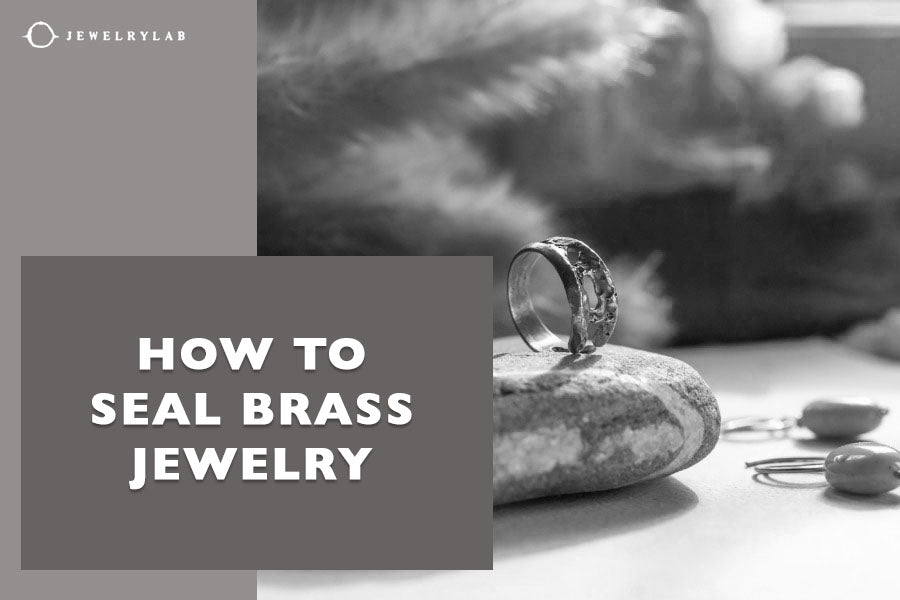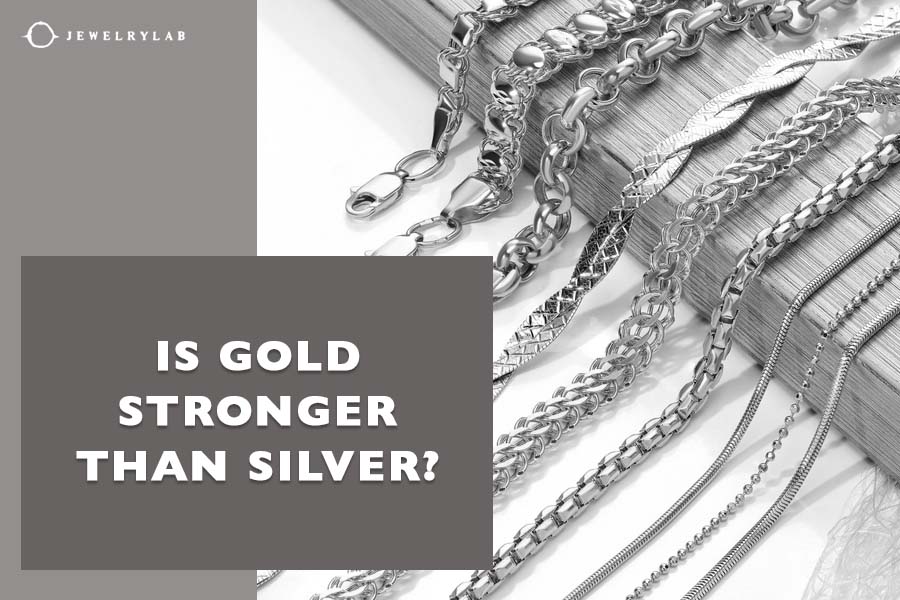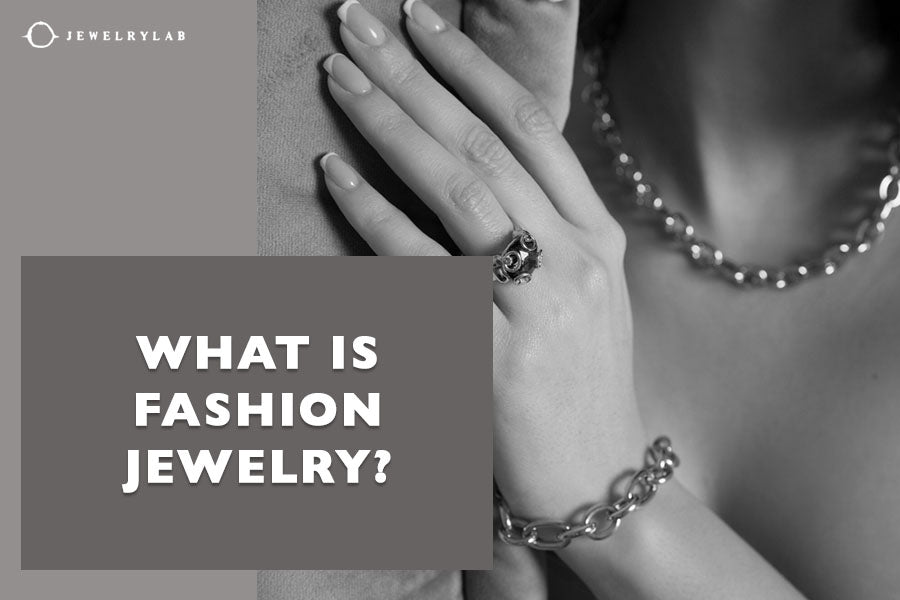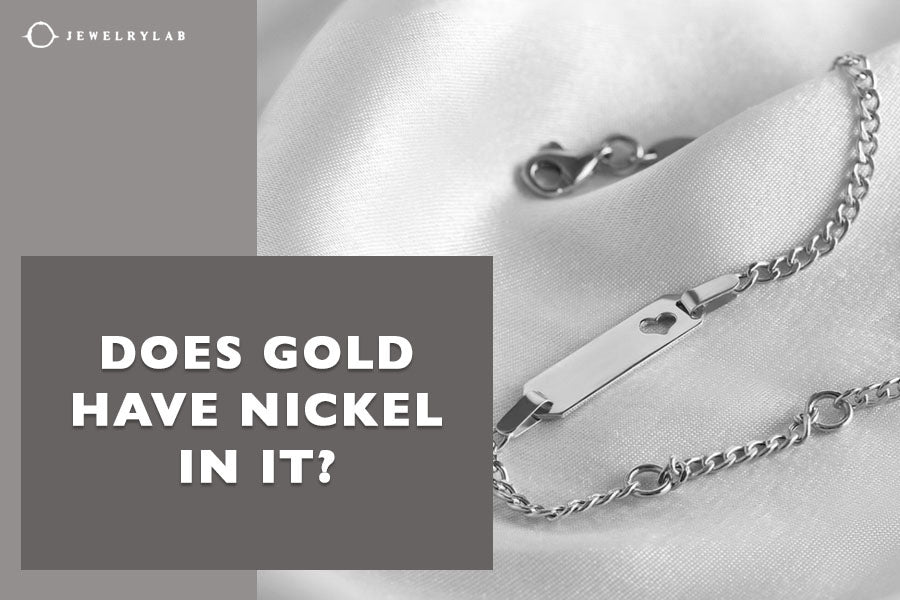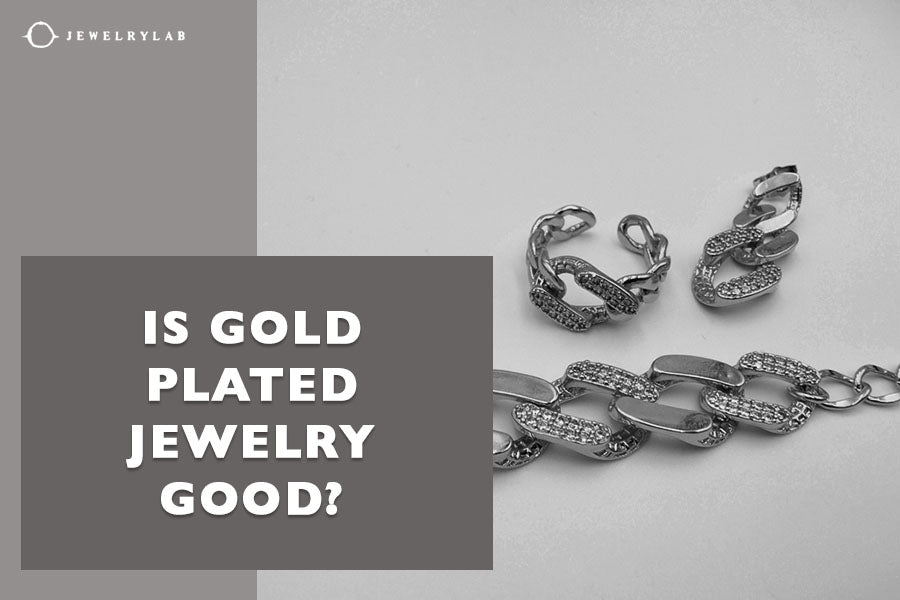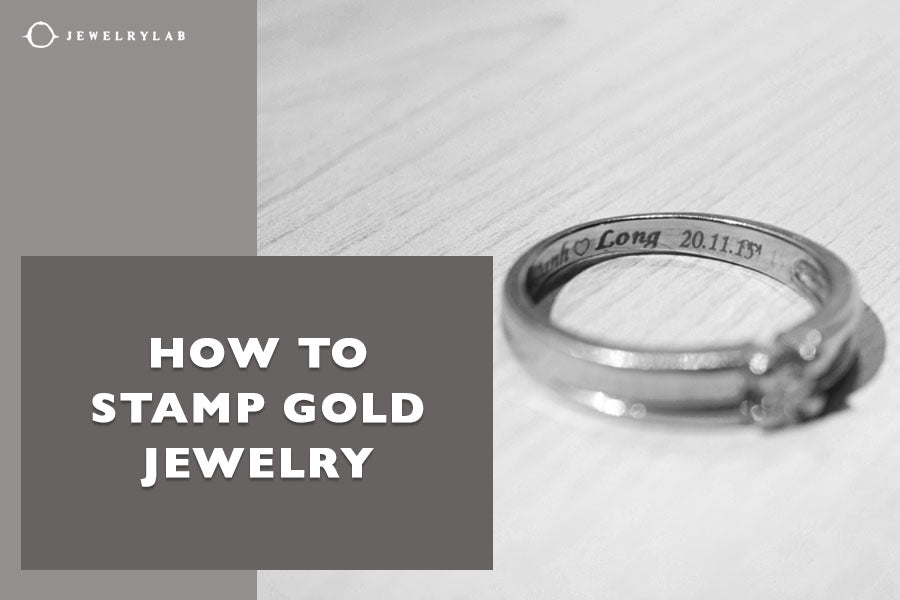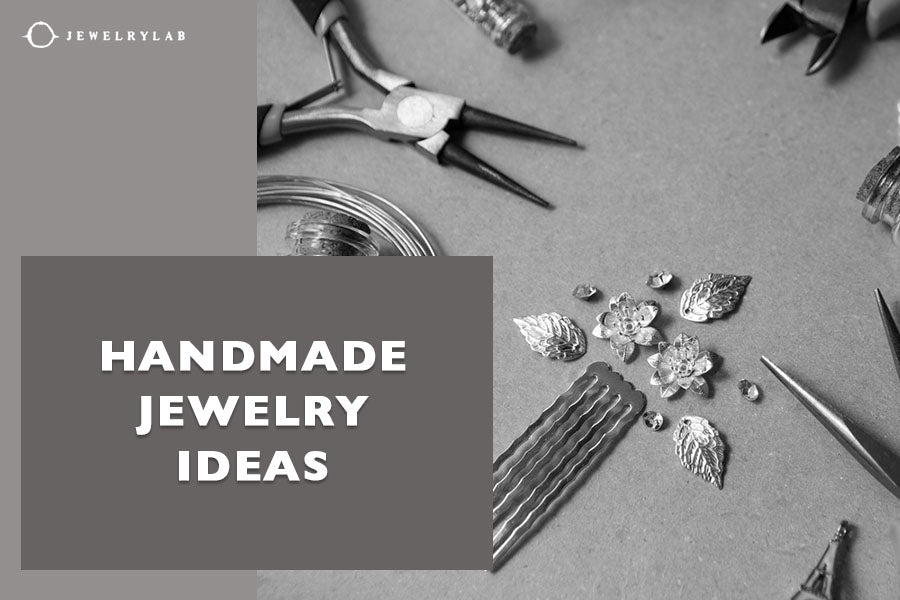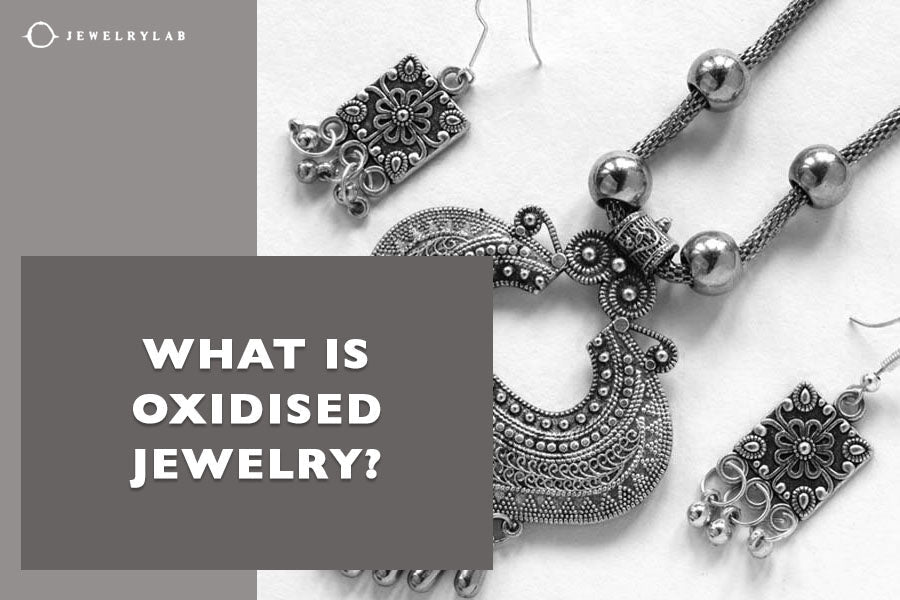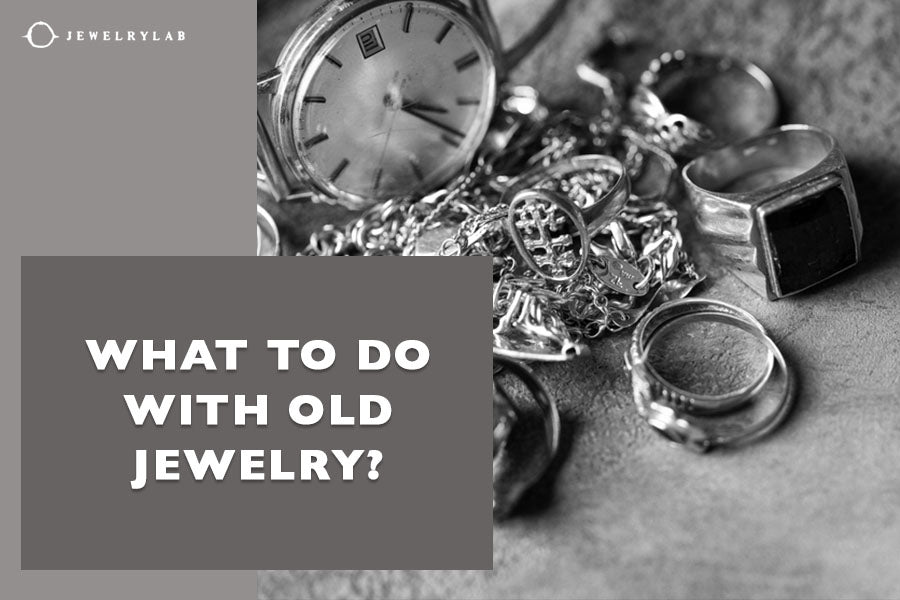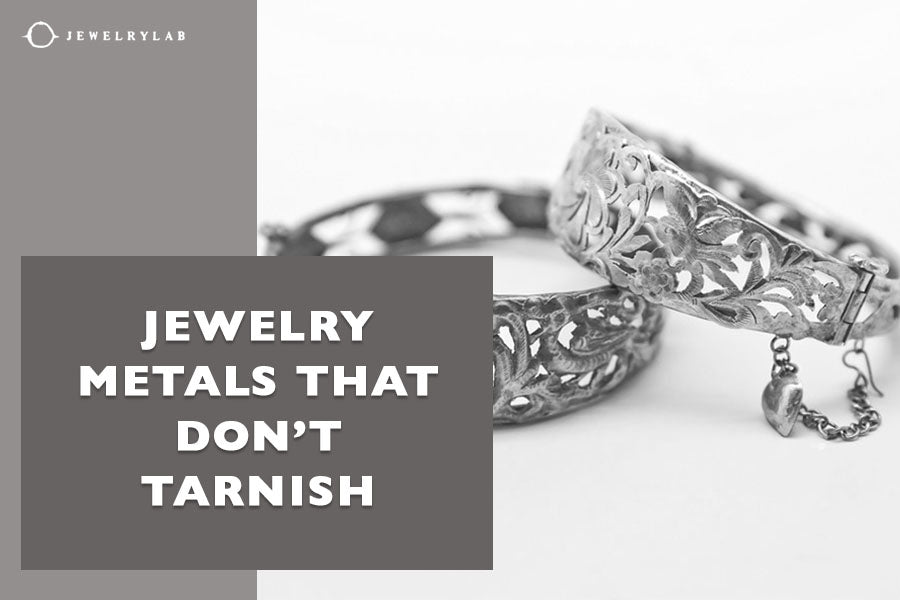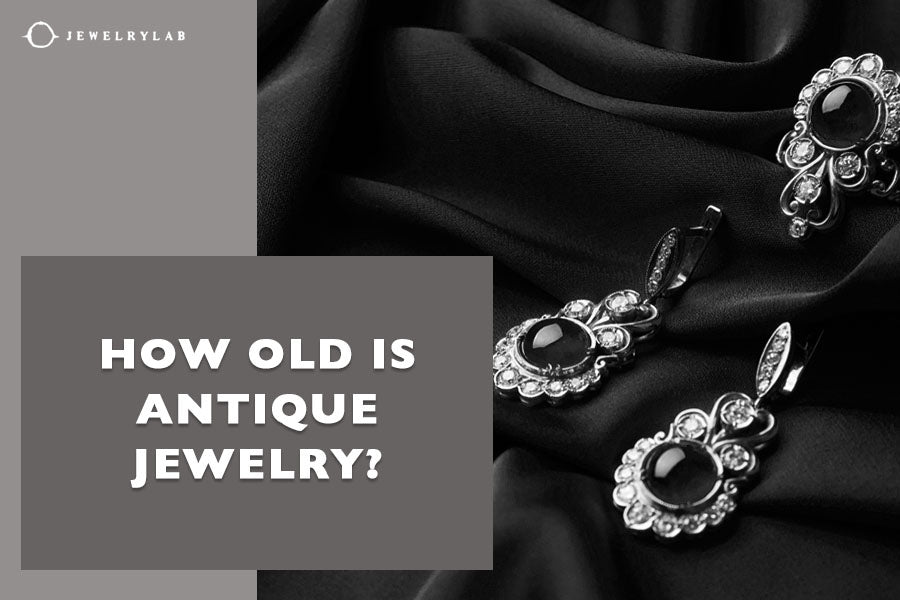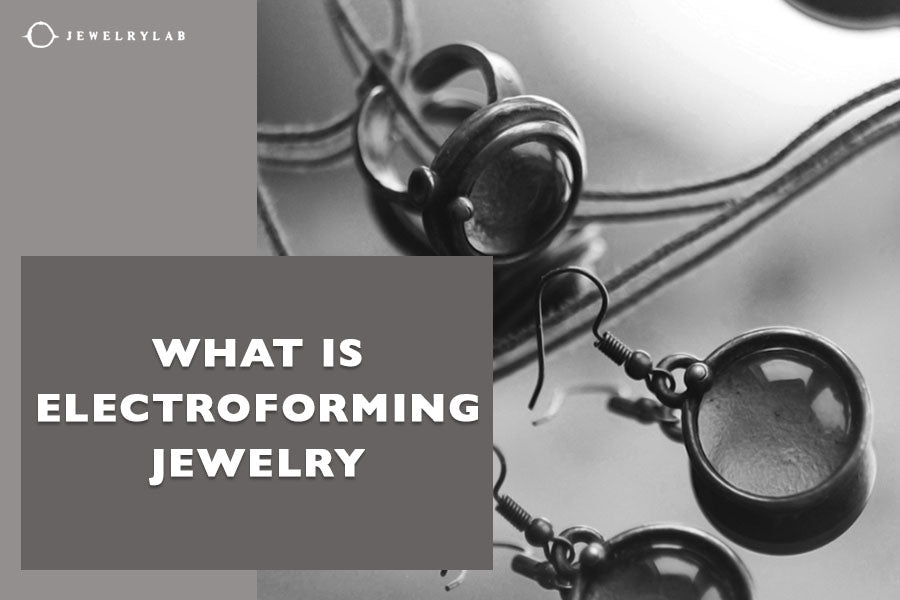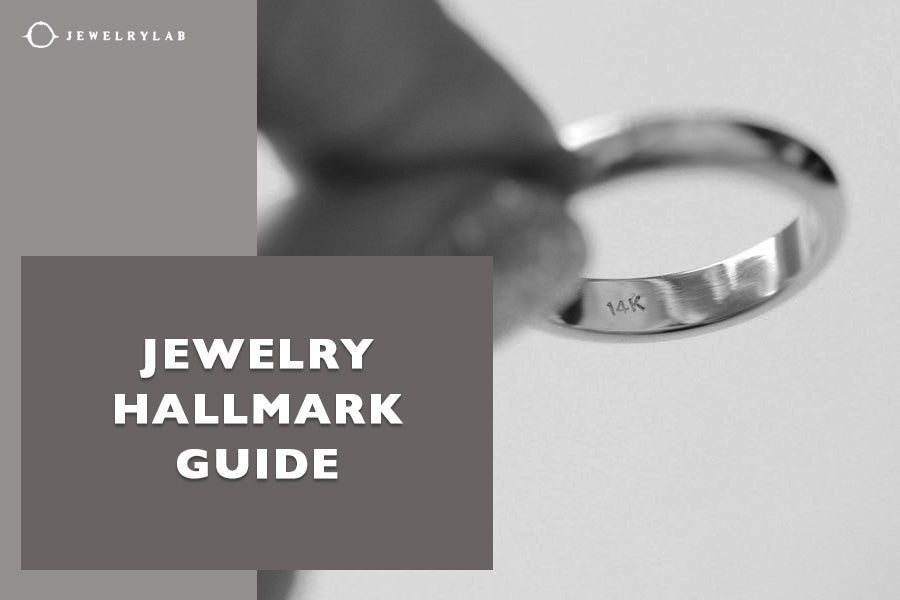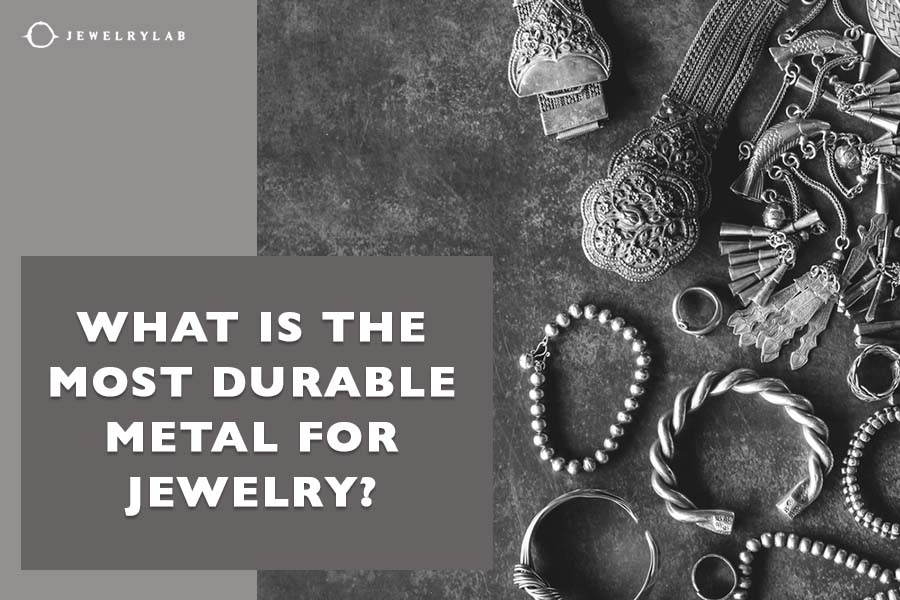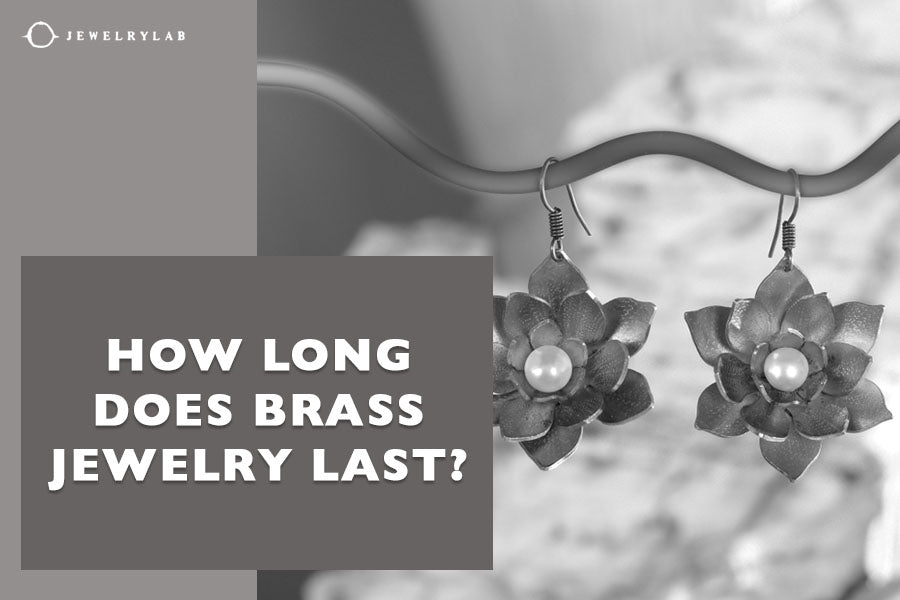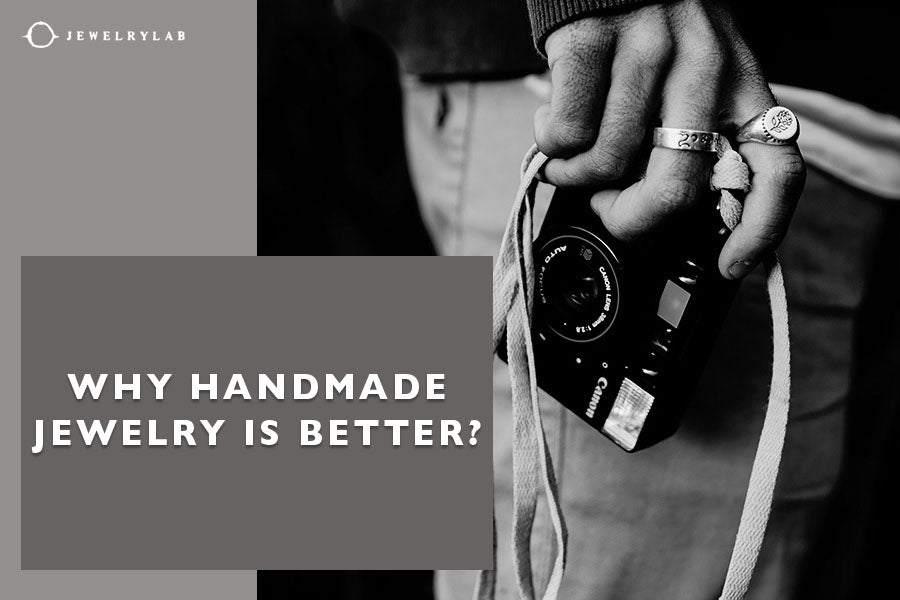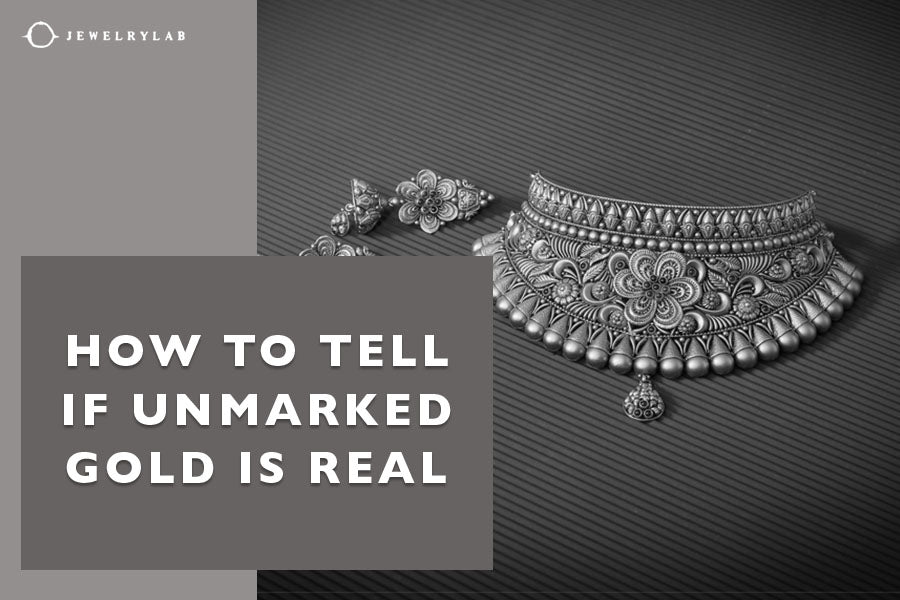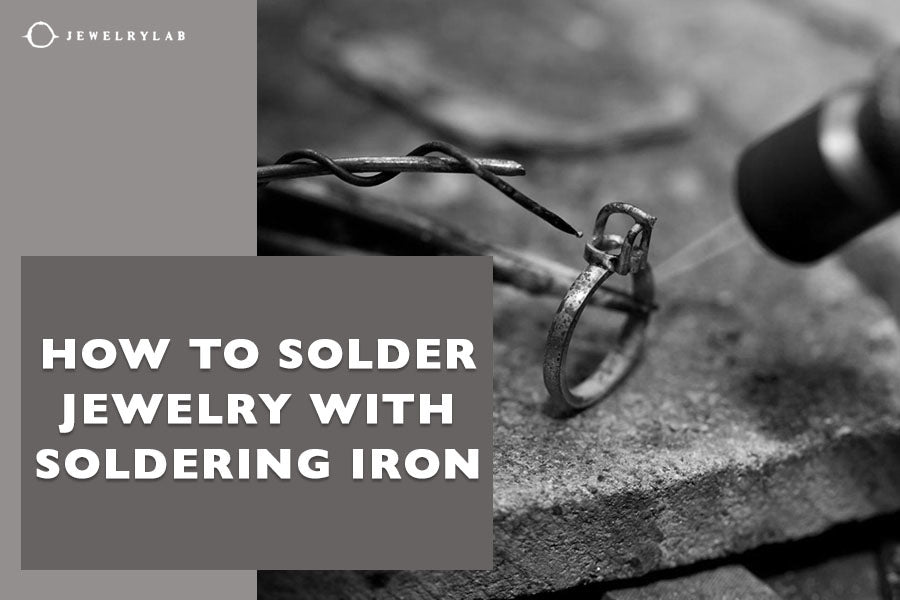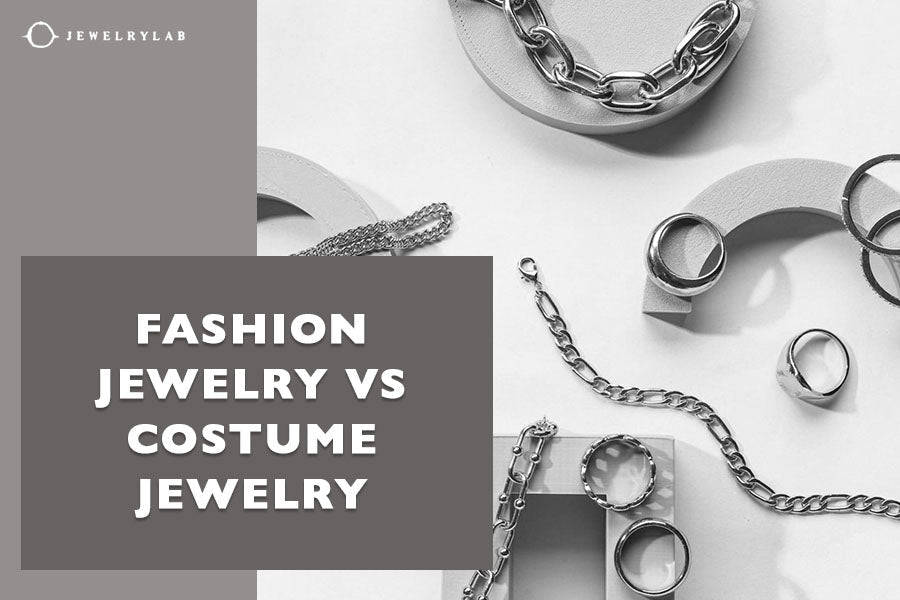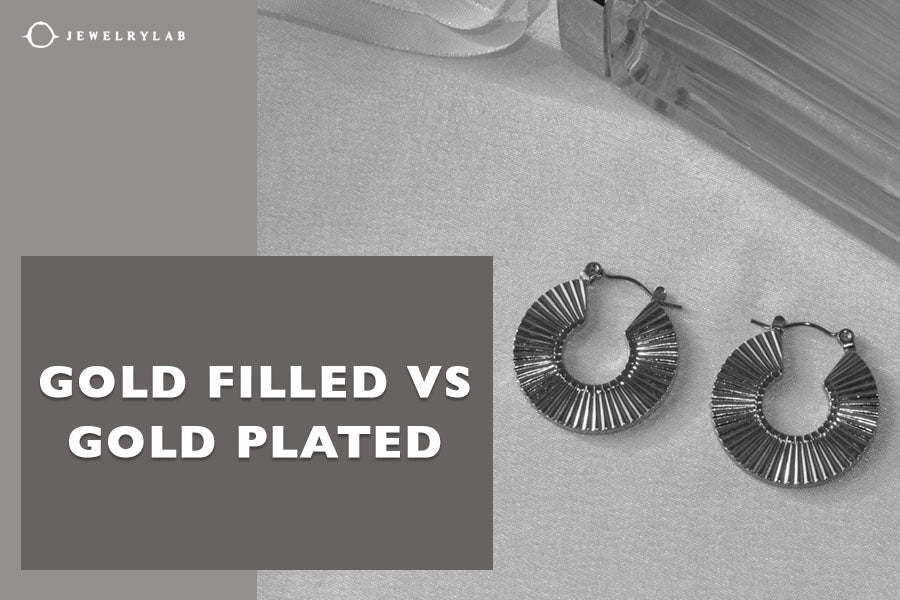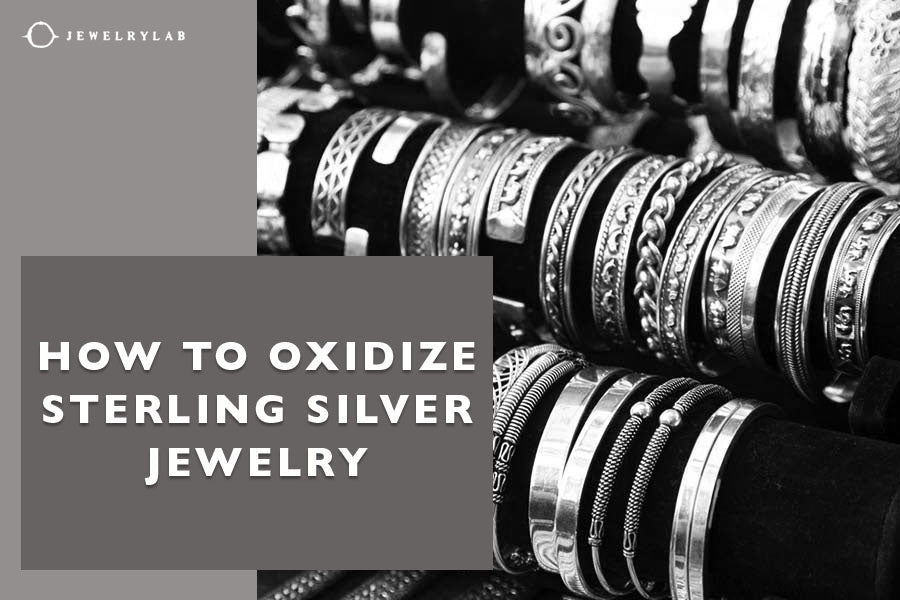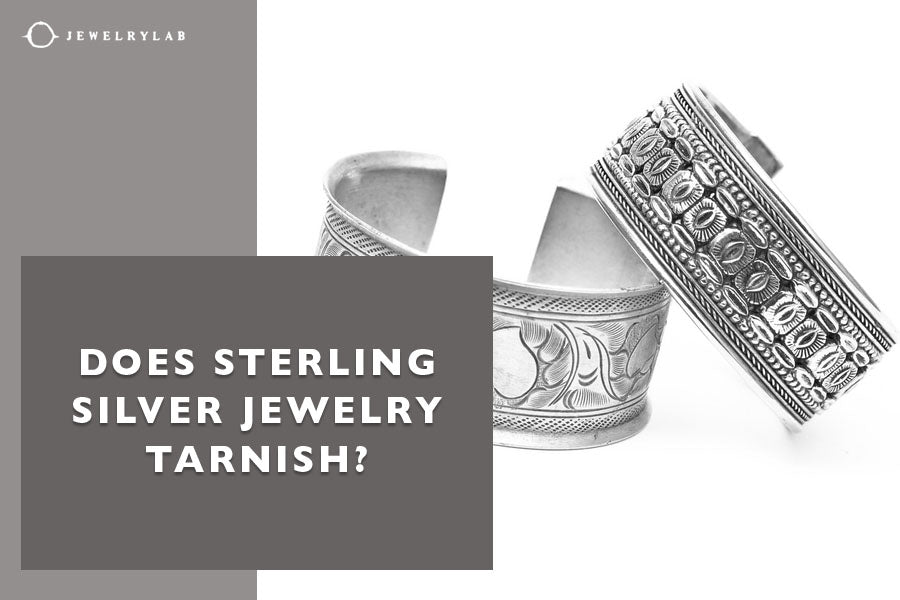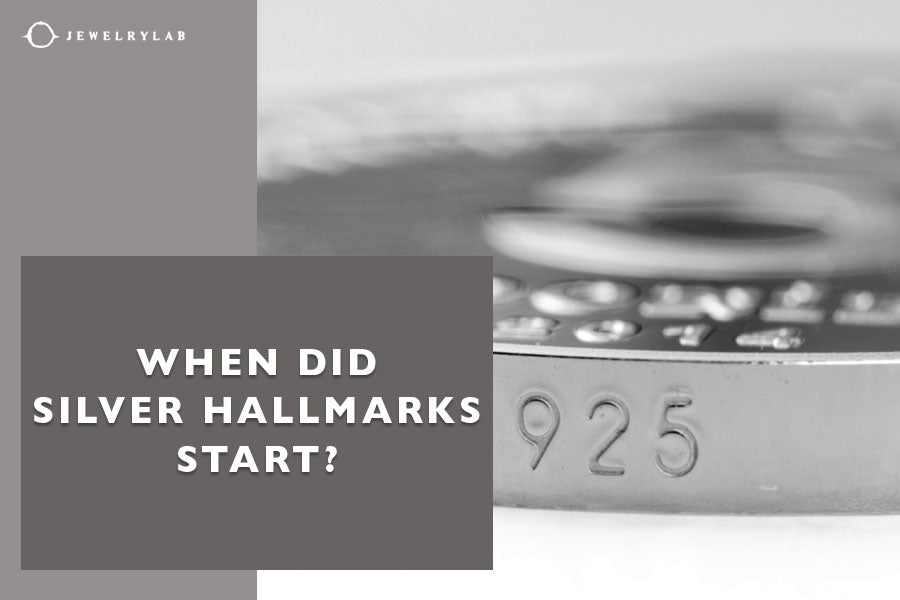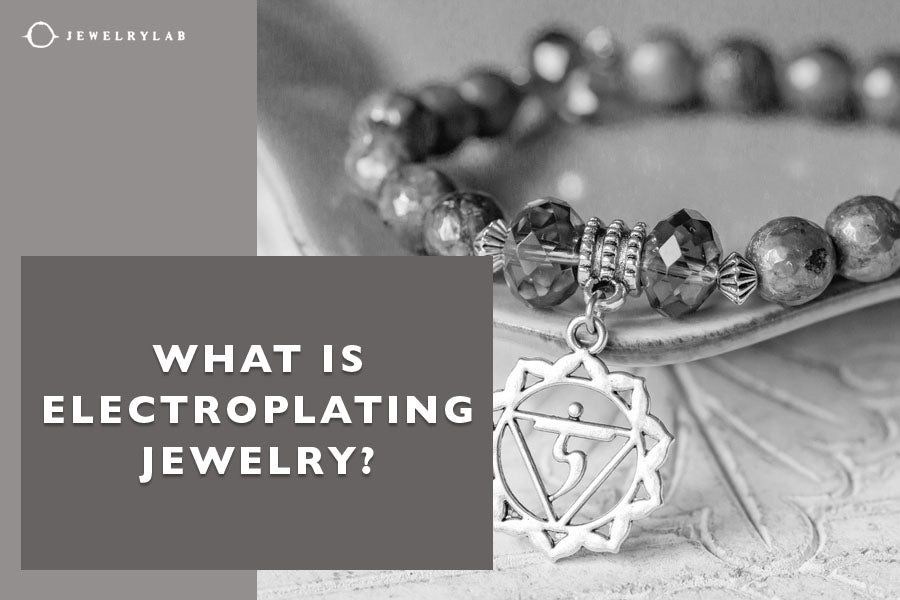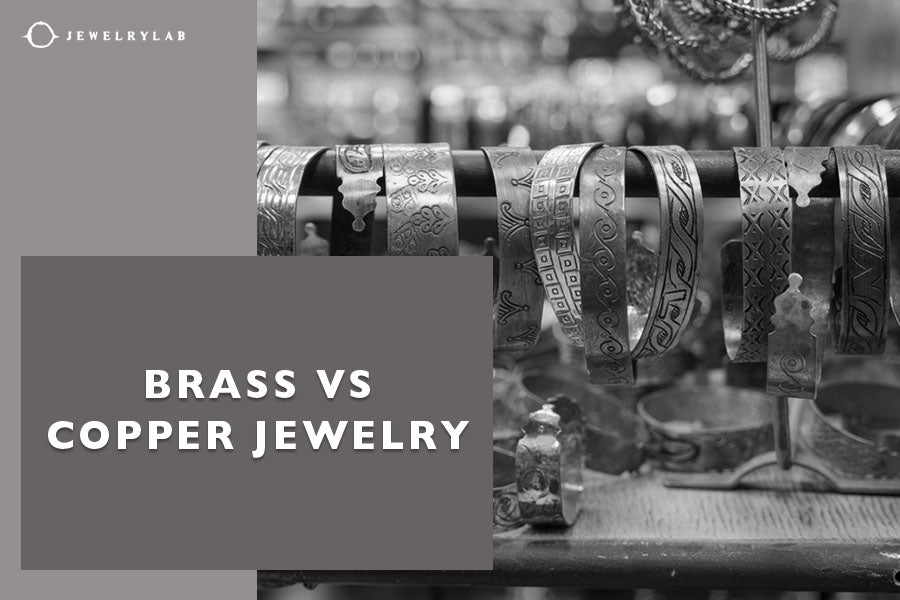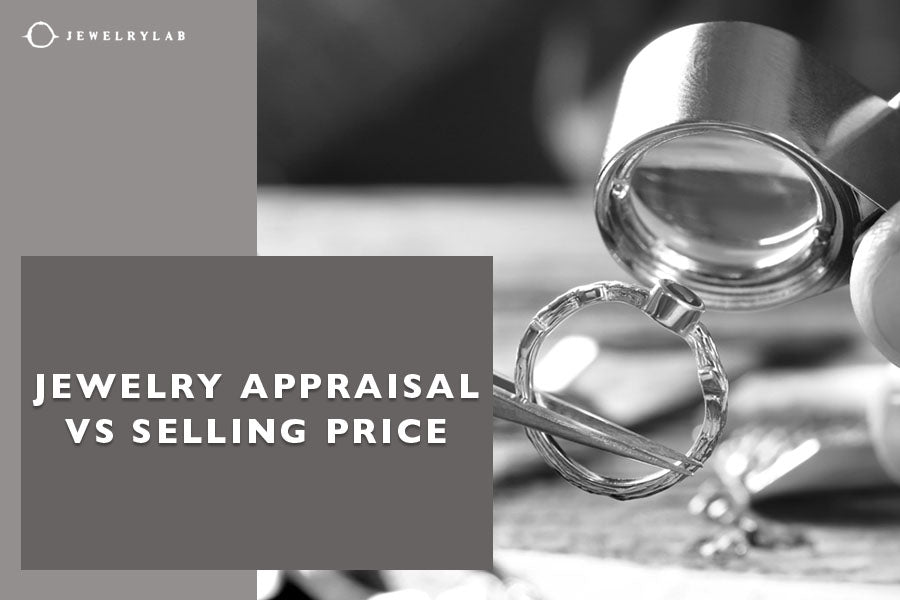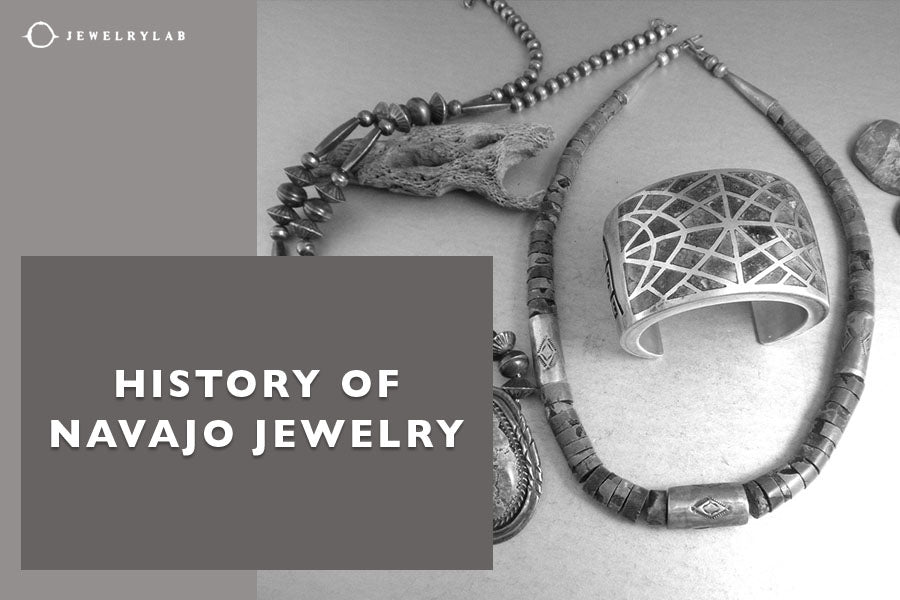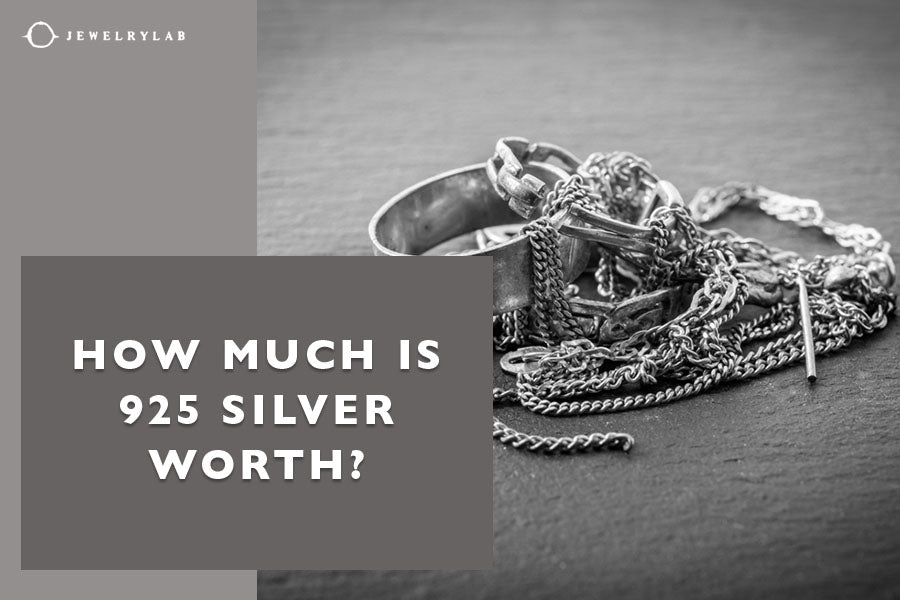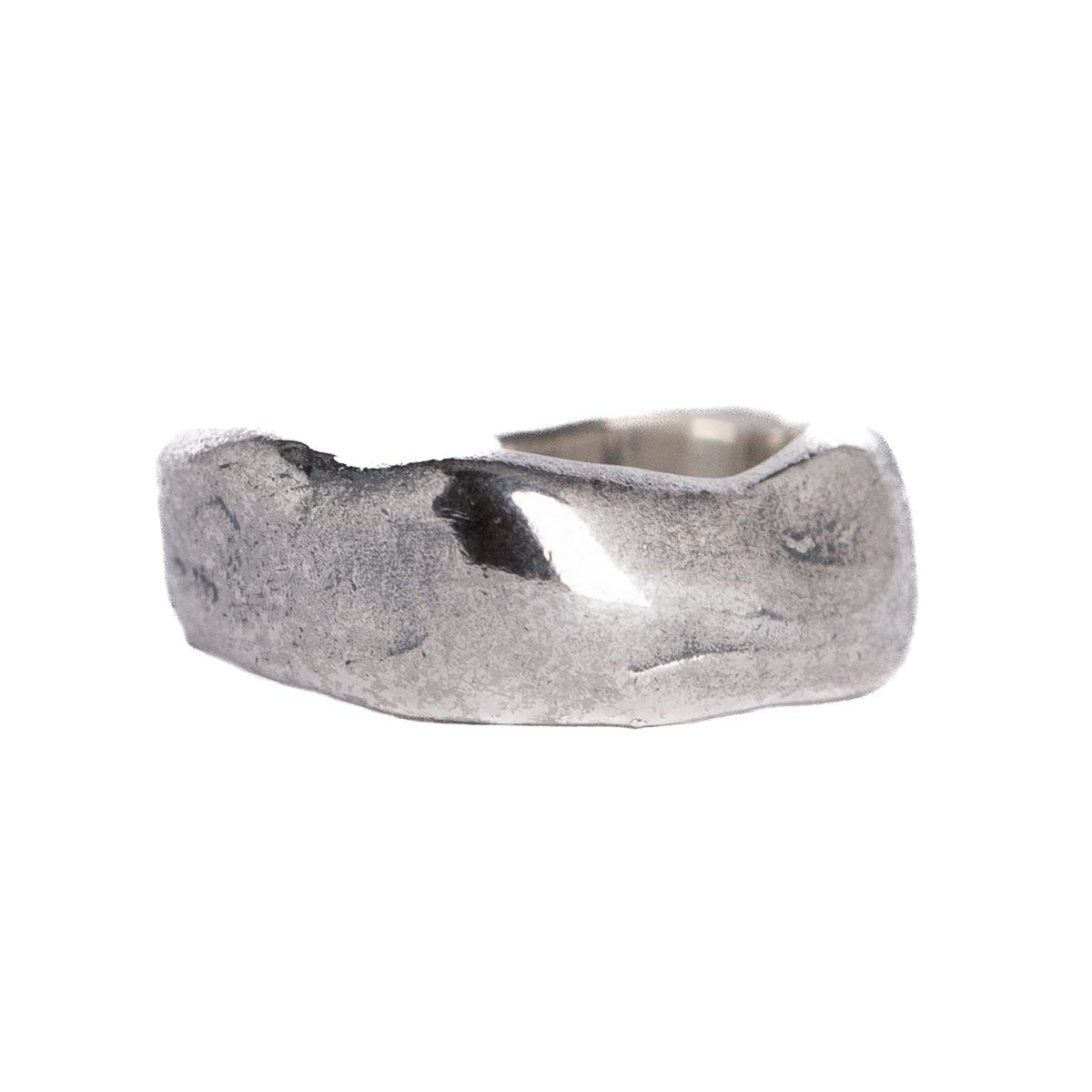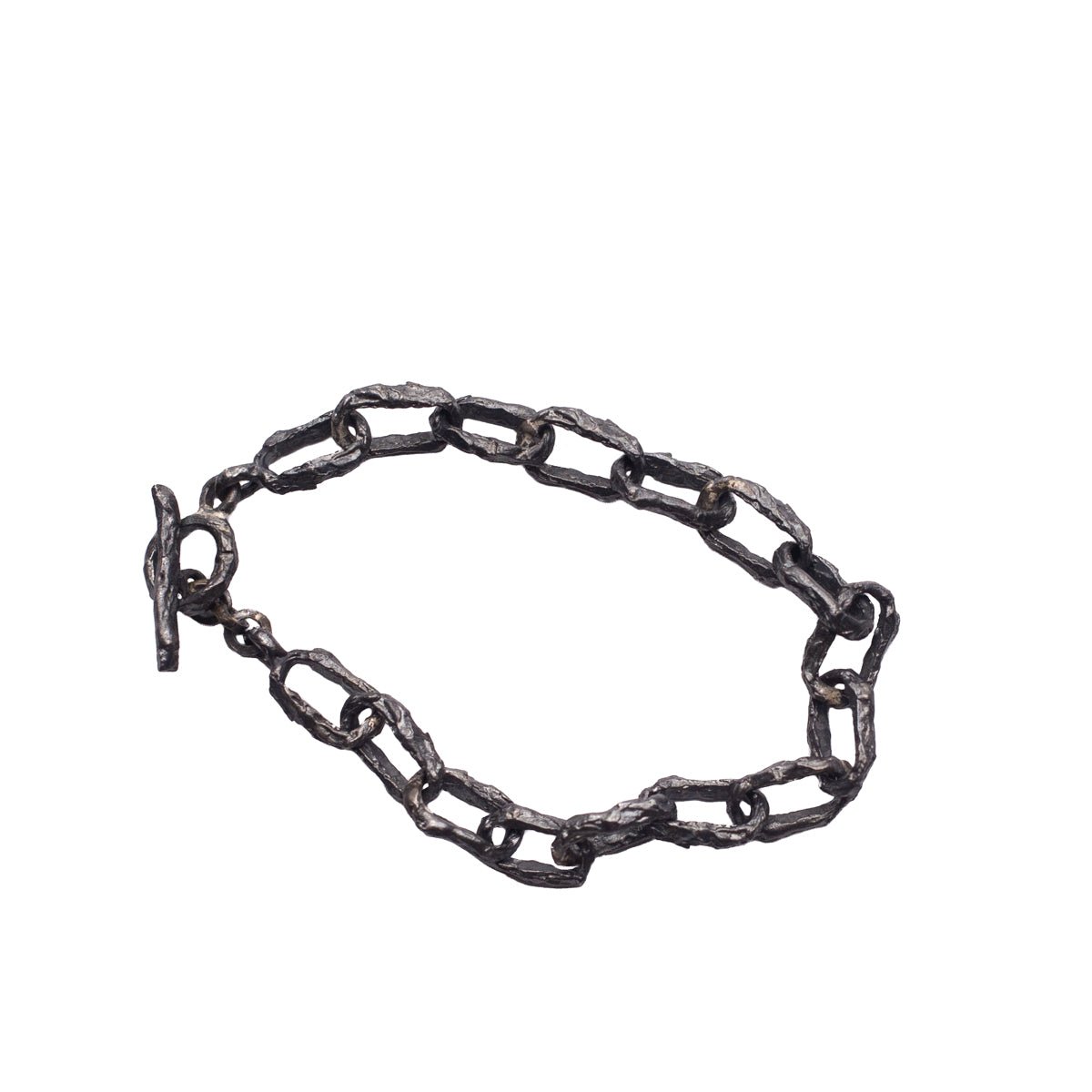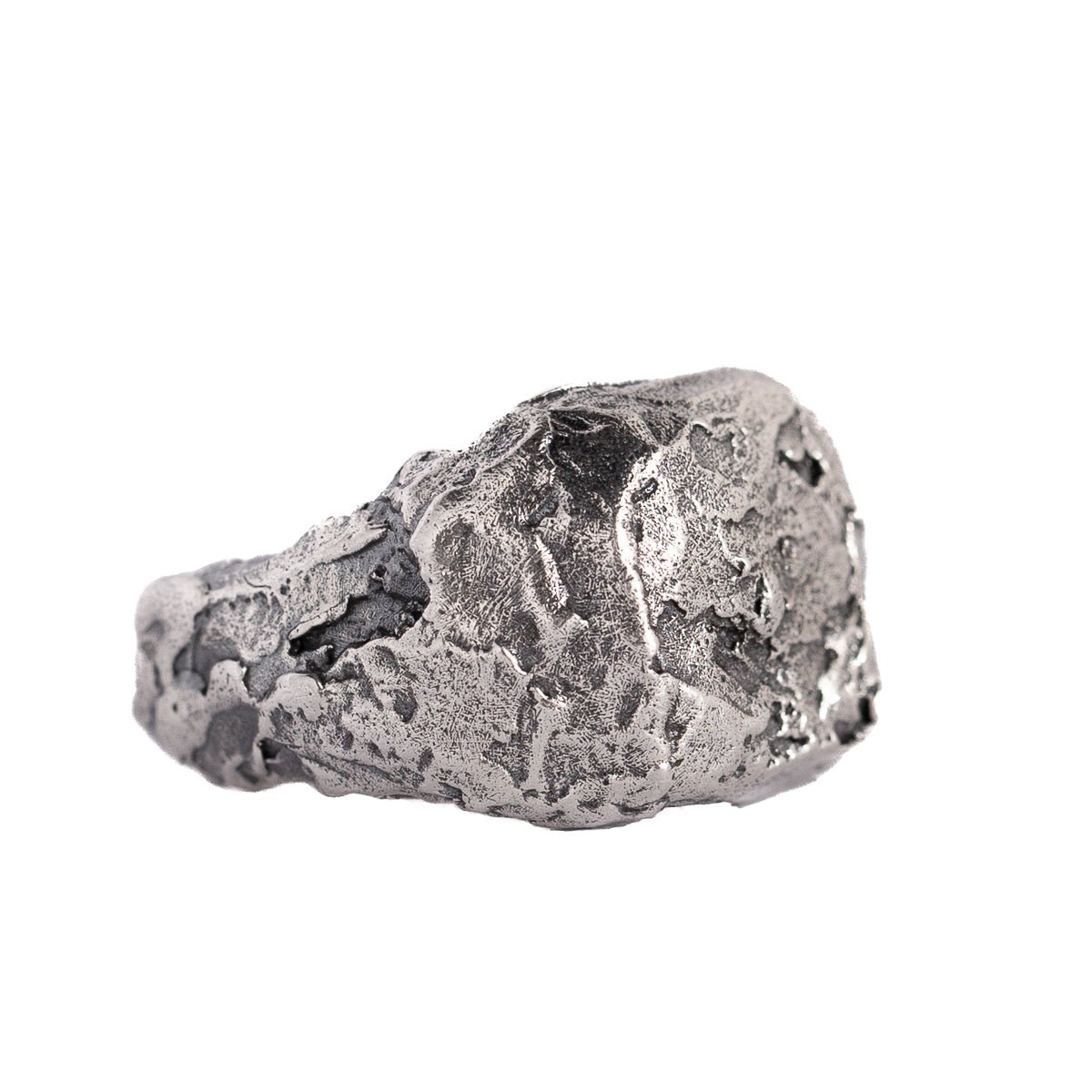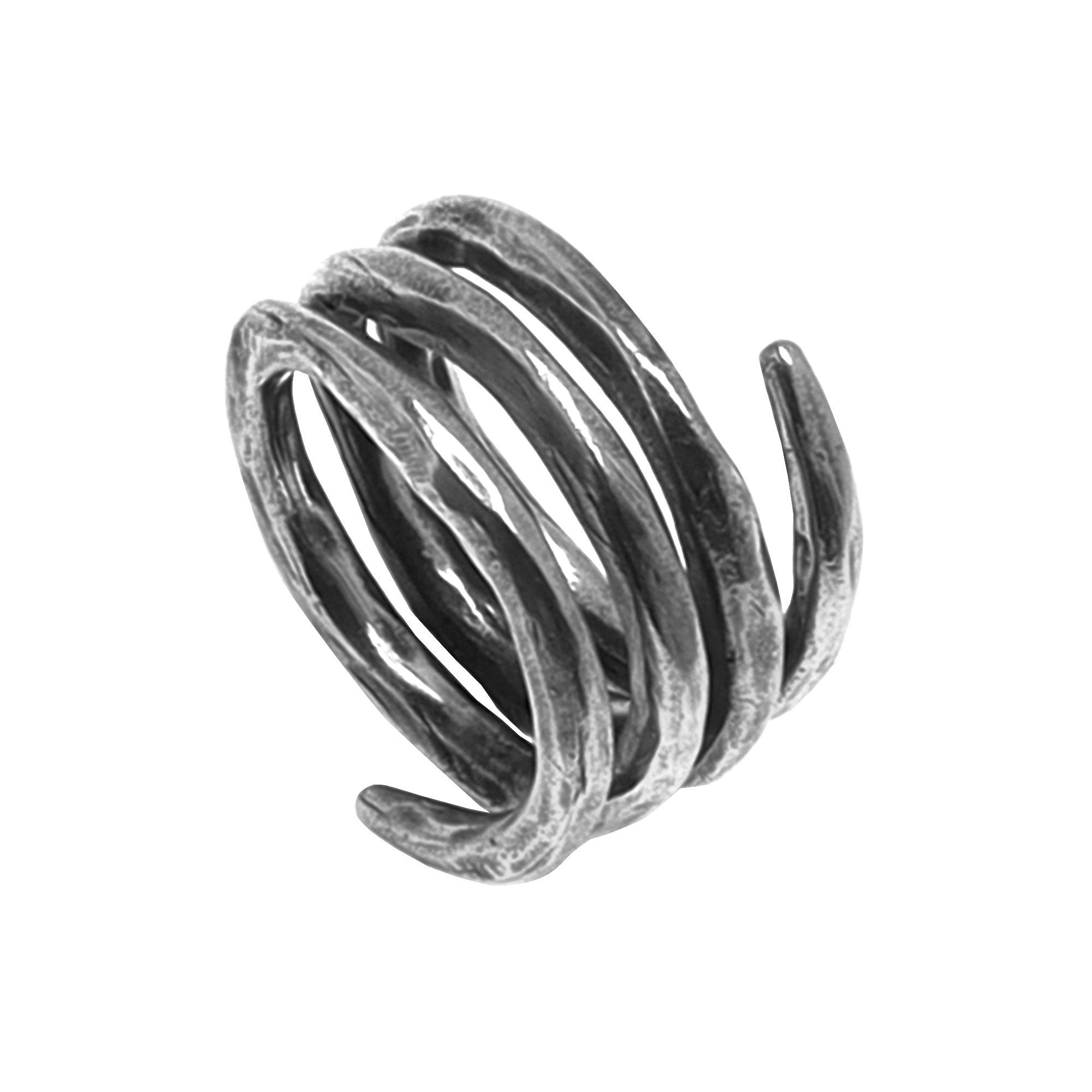by Jesús Zabala - 5 min read
Does Gold Plated Jewelry Tarnish?
Gold plated jewelry is made from a base metal such as brass or copper, and includes a layer of gold coating on its surface. It’s a very popular and budget-friendly alternative to gold, because you can still get the looks and shine of gold, without the high price. But, does gold plated jewelry tarnish?
We brought together everything about tarnish on gold-plated jewelry, and we will help you understand how to keep it tarnish-free, and learn the most effective tarnish removal techniques.
Does Gold Plated Jewelry Tarnish?
Yes, it absolutely can. Gold-plated jewelry may lose its shine due to several contributing factors. The good news is that there are effective methods to protect your gold-plated jewelry, maintain its luster, and keep it as radiant as new.
Before we delve into prevention techniques, let's discover what tarnishing is and why gold-plated jewelry is prone to it.

Source: shutterstock.com / Photo Contributor: TG23
Tarnishing in Gold Plated Jewelry
What is tarnish?
Tarnish is actually the by-product of a chemical reaction between metals and non-metal compounds, called oxidation.
To illustrate, when your beautiful jewelry encounters non-metal elements in its surroundings, it undergoes oxidation. This leads to the formation of a thin dark layer on its surface, called tarnish.
Why does gold plated jewelry tarnish?
Gold-plated jewelry typically consists of a base metal, such as brass, copper, or stainless steel, wrapped with a thin layer of gold through electroplating.
As you wear your gold-plated jewelry, the thin gold layer may scratch and wear off, exposing the base metal underneath.
Unlike pure gold, base metals used in gold-plated jewelry crafting may tarnish when exposed to oxygen and sulfur oxides in their environment, leading to discoloration and darkening of the jewelry.
But worry not! If you know what to avoid when wearing gold-plated jewelry and how to store it once you take it off, it can continue to enrich your style and captivate all eyes with its gilded appeal.
Factors Contributing to Tarnishing
Gold layer thickness
The thickness of the gold layer plays a vital role in preserving the stunning appearance and quality of gold-plated jewelry.
When the gold coating is thicker, it not only increases the jewelry's resistance to wear and tear but also protects it from corrosion. It also elevates its allure, maintaining its rich color longer and increasing its durability.
Conversely, thin gold plating can be prone to scratches and quicker deterioration, revealing the base metal and leaving the jewelry vulnerable to tarnishing and rust.
Contact with water, moisture and humidity
And what about water? Does gold plated jewelry tarnish in water?
Yes, showering and swimming can cause untimely damage to gold–plated jewelry and strip its coating. Exposure to chlorine, salt, and freshwater can also cause pitting, accelerating the tarnishing and corrosion process.
What's more, moisture and humidity also pose a significant risk to gold-plated jewelry. While not as detrimental as water, they can still hasten the diminishing of the gold plating, leading to tarnishing.
Remember to take off your gold-plated jewelry in the shower, when hitting the beach or pool, or enjoying the spa. That way, you can protect it from tarnishing and ensure its enduring brilliance.
Exposure to chemicals
Oxygen, sulfur dioxides, water, and moisture aren’t the only culprits of tarnishing. Harsh chemicals are also high on the list, like those found in daily beauty products.
Makeup, body lotions, creams, hairsprays, perfumes, and deodorants, among others, may contain harsh chemicals that trigger oxidation and speed up tarnishing.
Even acids in your skin and sweat can activate the oxidation process. Ever pondered: why does gold plated jewelry turn skin green?
The answer lies in the oxidation process between the base metal, like copper, and the formation of green copper salts that stain both jewelry and the skin.
For that reason, it would be best to protect your gold-plated jewelry by limiting its exposure to harsh chemicals, applying beauty products before putting on your beloved pieces, and cleaning them immediately after taking them off.
Tarnish Prevention and Maintenance
At JewelryLab, we are firm believers in the profound significance of jewelry in people's lives. We understand that each piece holds sentimental and distinguished value, becoming a cherished part of your journey.
That's why we want to empower you with the best methods to preserve and maintain your gold–plated jewelry gems for as long as possible.
The time has come to uncover all of the protection and cleaning techniques that will support you in taking care of your gold-plated jewelry and ensure it remains a precious part of your story.
Protective measures to minimize tarnishing
One of the foremost measures you can undertake to protect your gold-plated jewelry and stop oxidation and tarnish is investing in anti-tarnish strips and bags.
These innovative strips and bags work by absorbing oxidizing agents and preventing tarnish caused by sulfites, air pollutants, and other substances.
When stored alongside your precious jewelry, they can effectively last for up to 12 months, keeping tarnish away.
Moreover, silica gel packs can also shield gold-plated jewelry because they absorb moisture in jewelry storage areas. Simply put them in your jewelry box, and they will keep your pieces dry and glossy.
Proper storage and handling
We highly recommend storing your gold-plated jewelry in an airtight container, like a top-notch jewelry box.
Jewelry boxes are essential for preserving the appearance and durability of gold-plated jewelry. Once your pieces have a special spot, you can say goodbye to tangling and scratching, keeping their unique elegance every time you wear them.
Cleaning Techniques
Don't be disheartened if your gold-plated jewelry starts to show signs of tarnish despite taking all the necessary precautions. You can still remove the tarnish from your jewelry pieces with a simple DIY cleaning solution.
A great DIY cleaning solution for tackling tarnish can be made using baking soda and lukewarm water. Once you mix the two and form a paste, apply it on your affected jewelry using a polishing cloth, and then proceed to rinse and dry the piece. You'll be amazed at how the tarnish disappears, revealing the true nature of your jewelry once again.
In cases where the jewelry is extremely discolored, or the base metal is visible, consider professional replating. With professional replating, a new gold coating is electroplated onto jewelry, restoring its original magic and bringing back its luster.

Source: shutterstock.com / Photo Contributor: Jakub Ustrzycki
Conclusion
So, why does gold plated jewelry tarnish?
To recall, as the gold plating begins to wear off, the base metal in gold-plated jewelry starts reacting with its environment through oxidation, resulting in tarnish.
However, the helpful tips and tricks provided in this article, will help you safeguard your pieces, keep tarnish at bay, and secure their longevity and charm.
Isn't it wonderful how simple care can preserve the magnificence of jewelry?
Keep relishing in your gold-plated jewelry pieces, but remember to check our handmade assembly and uplift your collection with some exceptional accessories made from high-quality metals.
-
DESIGNED & HANDMADE IN BALI
-
FREE RESIZING FOR EVERY PIECE
-
FREE SHIPPING ON $150+ ORDERS
-
100% SAFE & SECURE CHECKOUT

